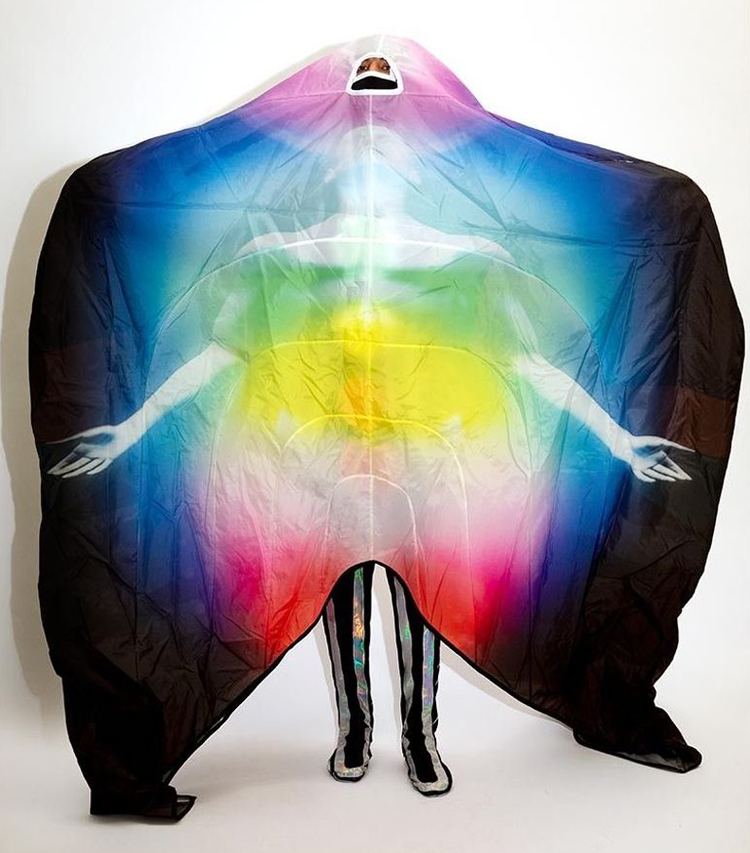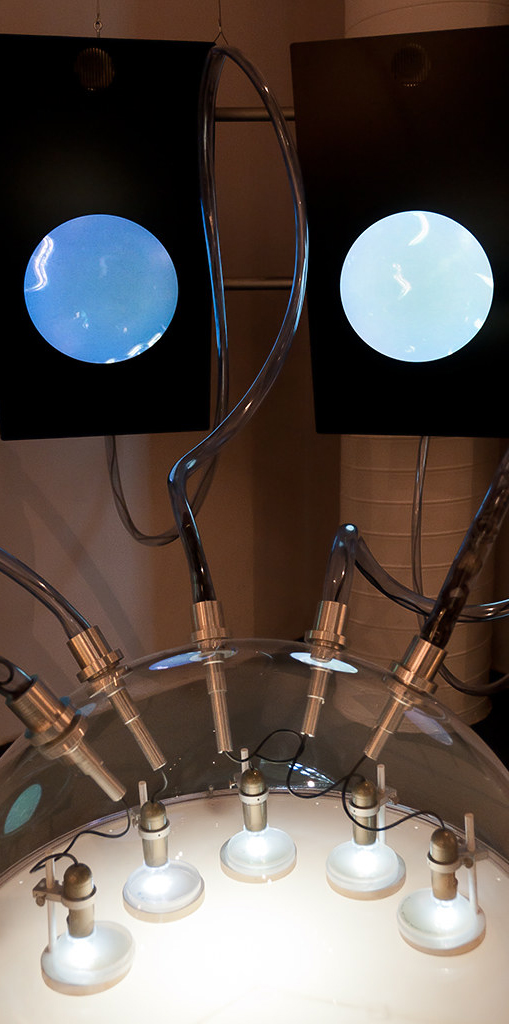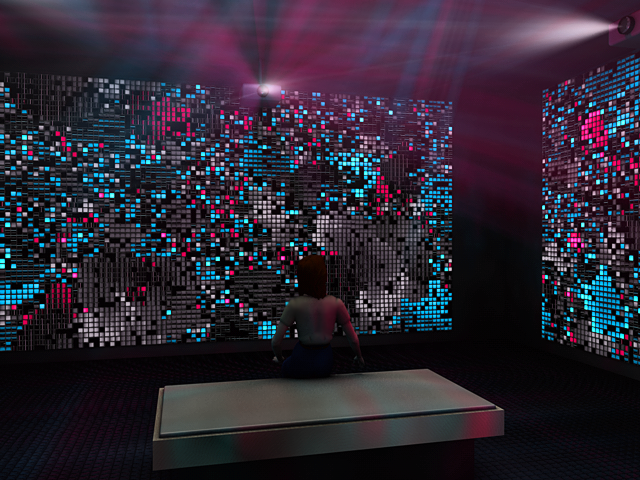Versions
Versions ist ein laufendes Projekt von Oliver Laric, das sich mit historischen und zeitgenössischen Ideen in Bezug auf Bildhierarchien befasst. Es wird vorgeschlagen, dass gegenwärtige Methoden der kreativen Produktion die Hierarchie eines authentischen oder auratischen „Originalbildes“ in Frage stellen. Anstatt ein primäres Objekt zu privilegieren, schlägt Versions eine Neuausrichtung für die Bilderzeugung vor, bei der Bootlegs, Kopien und Remixe im Zeitalter der digitalen Produktion zunehmend „Originale“ an sich reißen.
Versionen nehmen verschiedene Formen und Iterationen an, darunter eine Reihe von Monologen im Dokumentarfilmstil über montierten Bildern und Videoclips, Polyurethanabgüsse, die auf reformationsgeschädigten religiösen Figuren basieren, eine neu herausgegebene Bootleg-Veröffentlichung von Margaret Biebers Ancient Copies (ein akademischer Text, der sich mit dem Thema befasst) Protraktion der griechischen Ästhetik in die römische Kunst) sowie andere Skulpturen und angeeignete Gegenstände, die die zeitgenössische Bildzirkulation und ihren Austausch durch gegenwärtige und historische Bedingungen erklären.
Das Projekt dient als konzeptioneller Bezugspunkt für den Rest von Larics Praxis, in der eine abgeflachte Bildwirtschaft für die kreative Produktion abgebaut wird und dabei die Konsequenzen für die Hybridität in der zeitgenössischen Kultur untersucht werden. Aktuelle Soloprojekte umfassen: Versionen bei MIT List Visual Arts Center, CAS Annual Award im Lincoln Museum, Art Statements Einzelpräsentation auf der Art | 43 | Basel, Getränkekritik in der Skulpturhalle Basel, Frieze Projects auf der Frieze Art Fair 2011.












